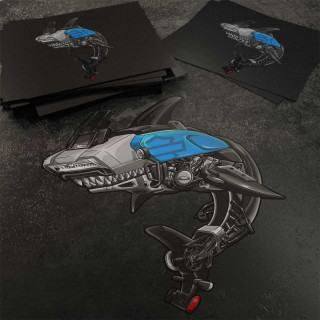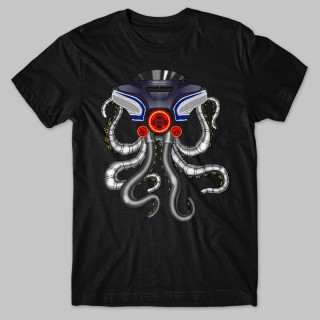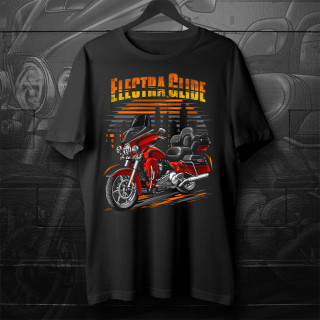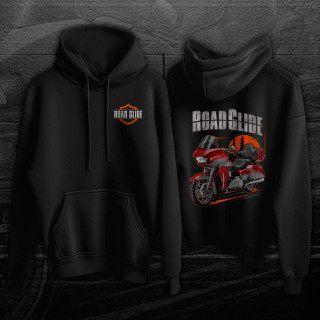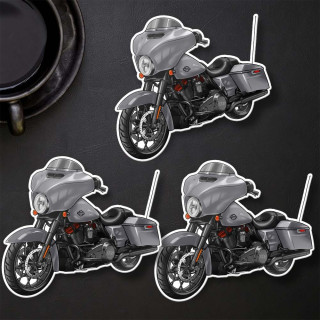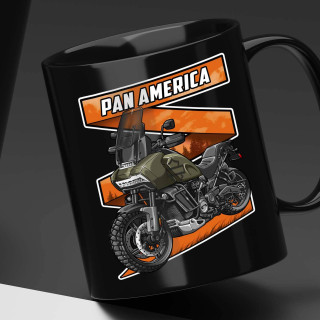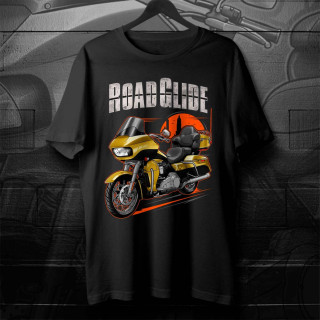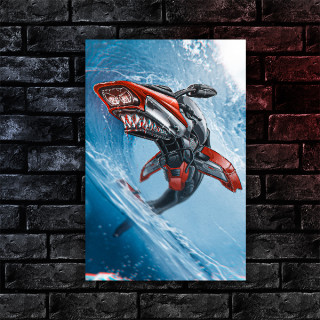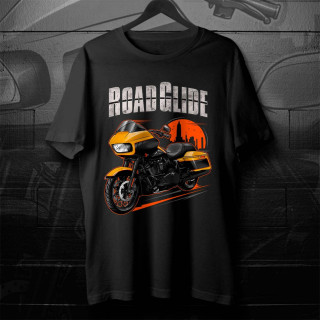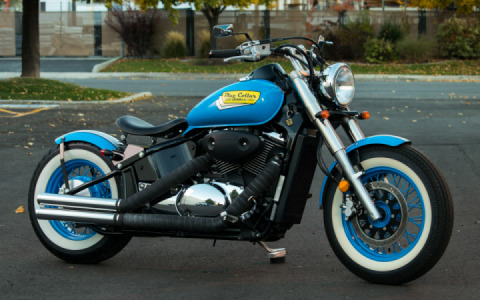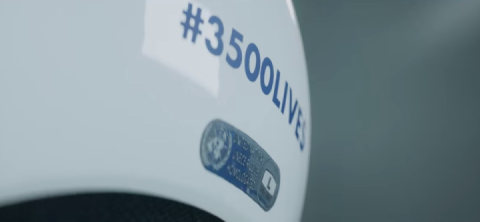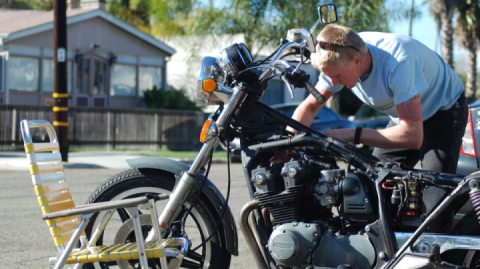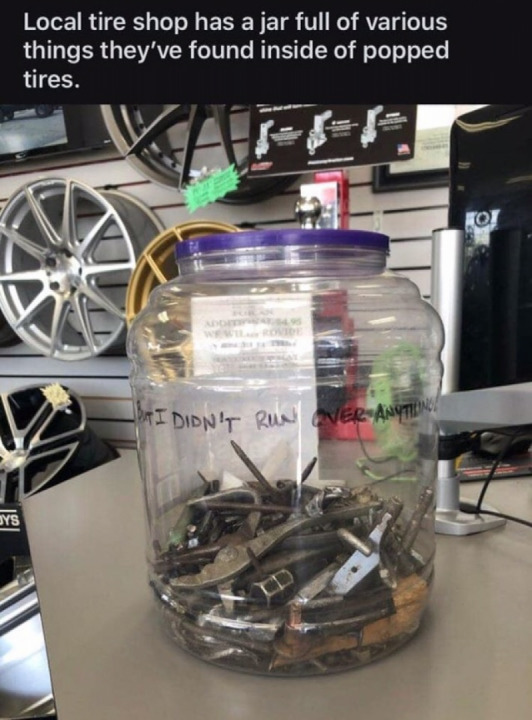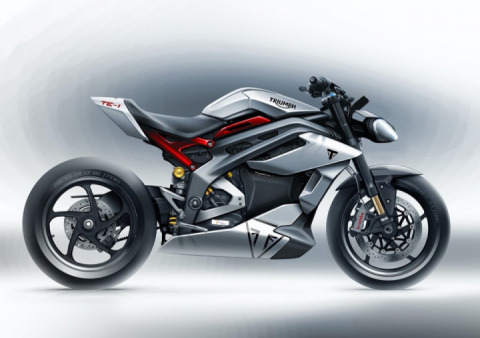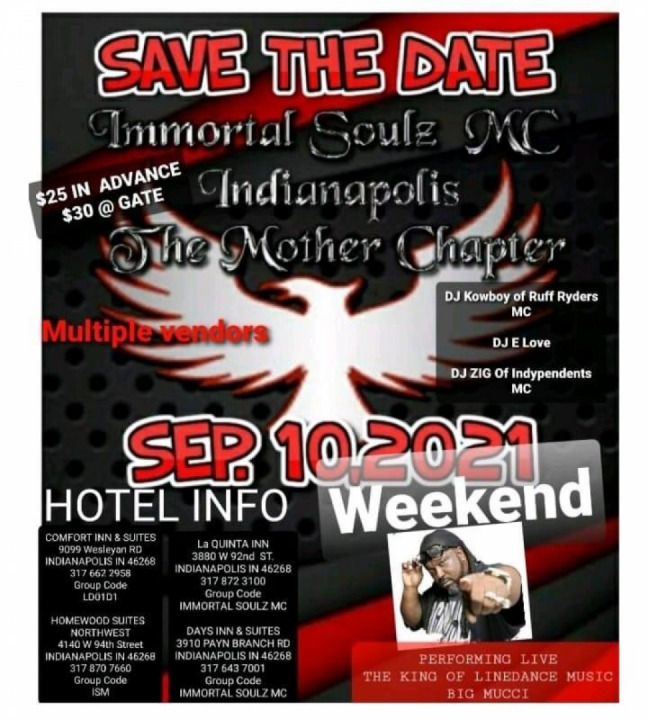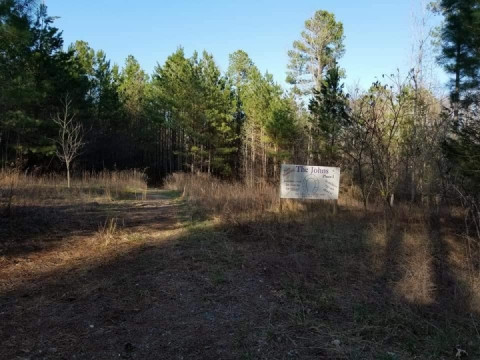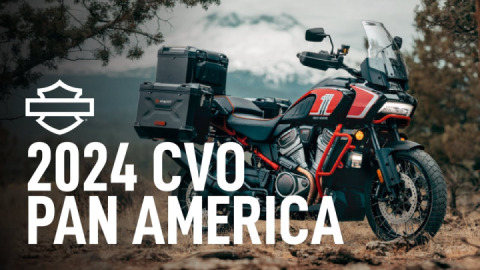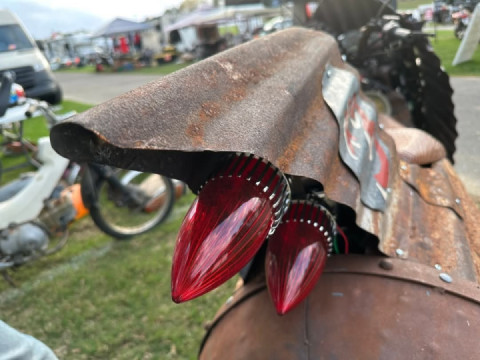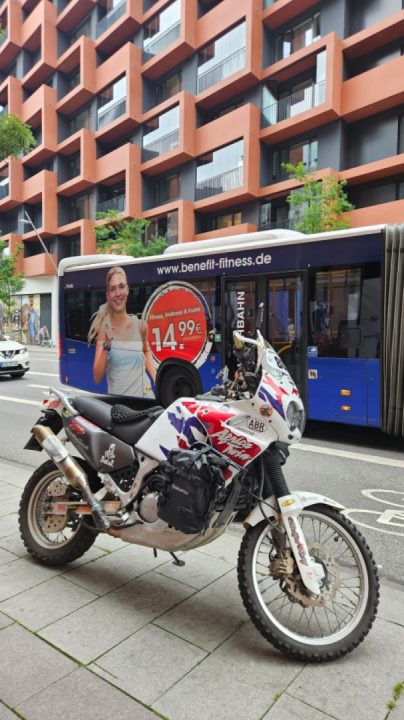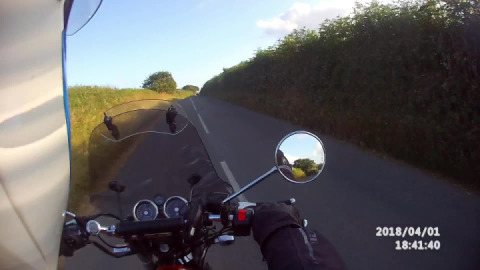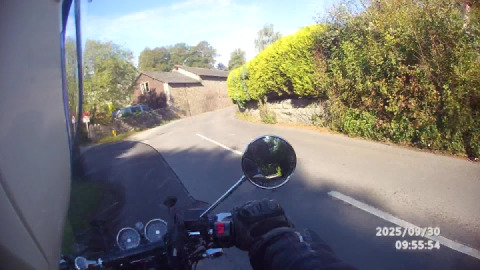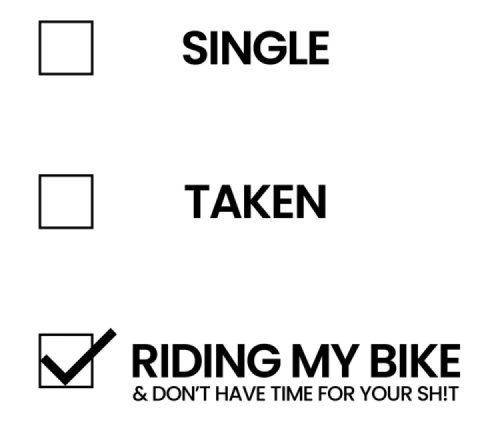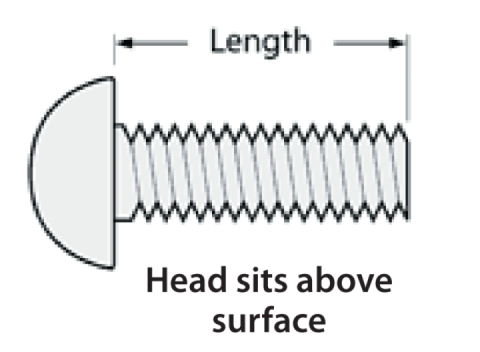The Harley-Davidson FL is a model designation used on Harley-Davidson motorcycles since 1941. The FL suffix is mostly applied to Harley-Davidson's large-framed bikes, including the current Touring series, and also the Softail series, especially those with traditional styling, 16-inch front wheels, and either Springer forks or large-diameter telescopic front forks.
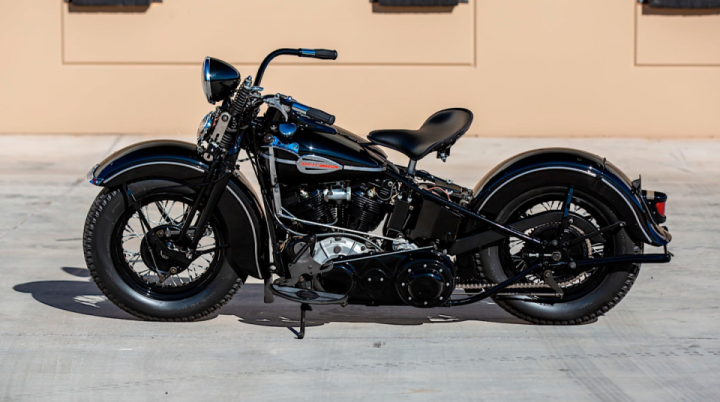
Early FL models
The FL was introduced to the Harley-Davidson model line in 1941. It used a 74 cu in (1,210 cc) version of the "Knucklehead" OHV engine that powered the EL in 61 cu in (1,000 cc) form. The FL shared its frame with the EL and with the U and UL, which used a 74 cubic inch flathead engine. The FL replaced the UH and ULH, which used the same frame with 80 cu in (1,300 cc) flathead engines.&
The FL continued relatively unchanged until 1948, when it and the EL were given redesigned "Panhead" engines of the same capacities as before. These engines had several improvements over the earlier "Knuckleheads", including self-adjusting hydraulic lifters and aluminum cylinder heads to reduce weight and improve cooling. The U and UL flathead twins were discontinued in 1948, leaving the OHV EL and FL models as Harley-Davidson's large-frame motorcycles.
Hydra-Glide
In 1949, a year after receiving the "Panhead" engine, the FL was given a new front suspension featuring hydraulically damped telescopic forks, replacing the leading link spring suspension of the time. These forks were standard on all big twin models for 1949, including the E, EL, F, and FL. Harley-Davidson offered the spring suspension units on these models and recommended their use on sidecar combinations, because the hydraulic forks did not have enough trail to allow the combination to be stable enough for safe operation.

During their debut model year of 1949, Harley-Davidson referred to their new suspension systems as the "hydraulic front ends". Harley-Davidson's marketing department promoted the new suspension systems by renaming the big twin models "Hydra Glide" for the 1950 model year. This was Harley-Davidson's first departure from its policy of using alphabetic lettering to identify its models. This name would change twice in the history of the basic large-framed E and F series models, each time signaling an improvement in the bike's technology. In addition, the Glide ending would be used on other models, based on both and FL and FX formats.
In 1952, the Hydra-Glide's transmission standard hand-shift/foot-clutch was supplemented by the optional foot-shift/hand-clutch. The original format continued to be offered as an option until 1978. 1952 was also the last year of the 61 cu in (1,000 cc) EL, making the FL the last remaining large-frame model.
Although the 1903 founding is now the basis for "Anniversary Models", Harley-Davidson's 50th Golden Anniversary was celebrated in 1954 with special paints and badges on the front fender. The first year of production was 1904.
Duo-Glide
The FL model was given a new frame in 1958. This frame included a rear swingarm suspended by a pair of coil-over-shock suspension units. In honor of this fully suspended chassis, the FL's model name was changed from Hydra-Glide to Duo-Glide.
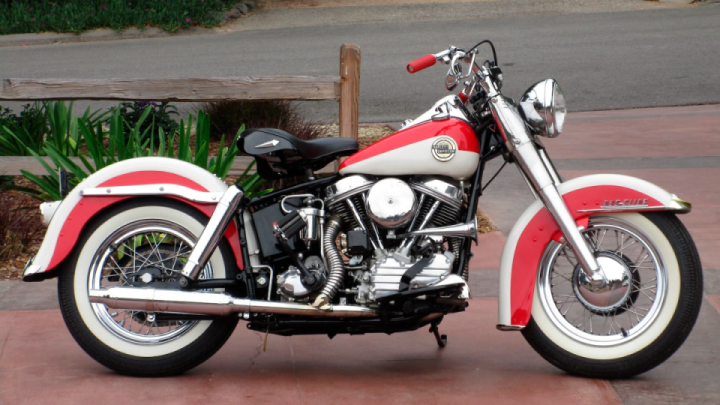
Unlike OHV configuration, aluminum heads, and telescopic-fork front suspension, however, this improvement in technology was applied to the small-frame bikes first, the K-series having received rear suspension in 1952.
Electra-Glide
The third and final change given to the name of the basic FL model would occur in 1965, the final year of the "Panhead" engines. These last "Panheads" were the first "big-twin" Harley-Davidson engines to be equipped with electric starters, the Servi-Car having received electric start the year before. This innovation for Harley-Davidson was greeted with the new model name of Electra Glide.
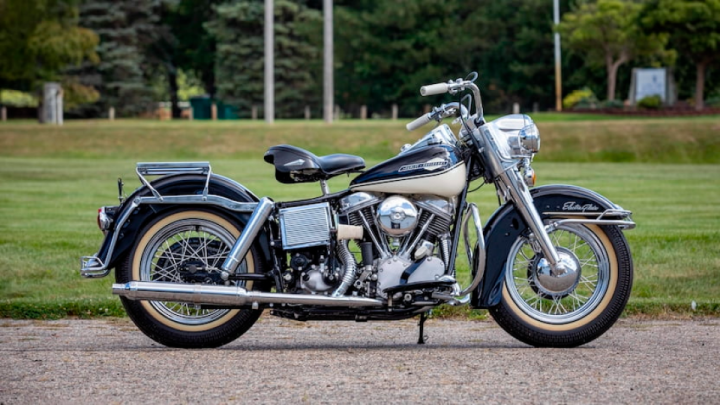
In 1966, the "Panhead" gave way to the "Shovelhead", gaining a ten percent increase in power in the process.
A fork-mounted fairing became available on Electra Glides in 1969. This became unofficially known as the "batwing" fairing. Although the batwing fairing was an easily removable option on early Electra Glides, it was not removable on later machines, as the instruments were moved from the fuel tank into the fairing.
Electra Glide
The FL frame was the basis for the 1971 FX Super Glide. The FX mated the FL frame with the forks of the XL Sportster, with buckhorn handlebars and a large fibreglass tailpiece completing the Super Glide specification.
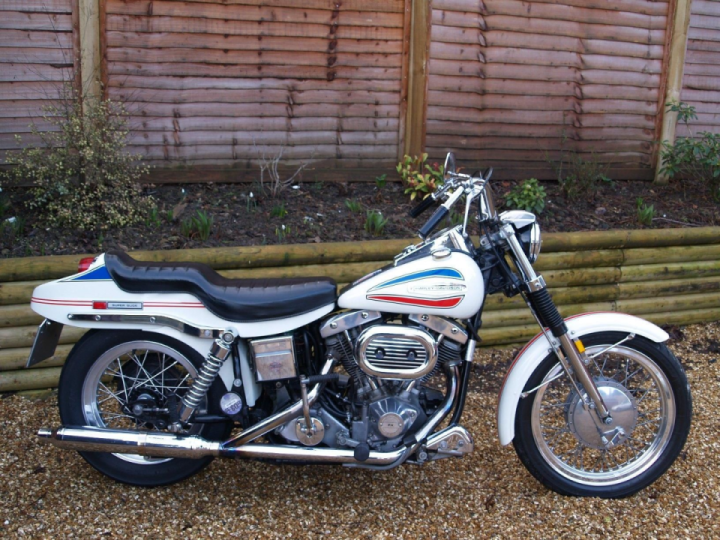
The FL was given a front disc brake in 1972.
The three-speed plus reverse option was discontinued in 1977.
A 1977 Harley-Davidson Confederate Edition of the FLH Electra Glide that featured commemorative paint and tank and fender decals was produced. The unit production was in such low volume numbers - only 44 - as to make it one of the rarest of the company's motorcycles.
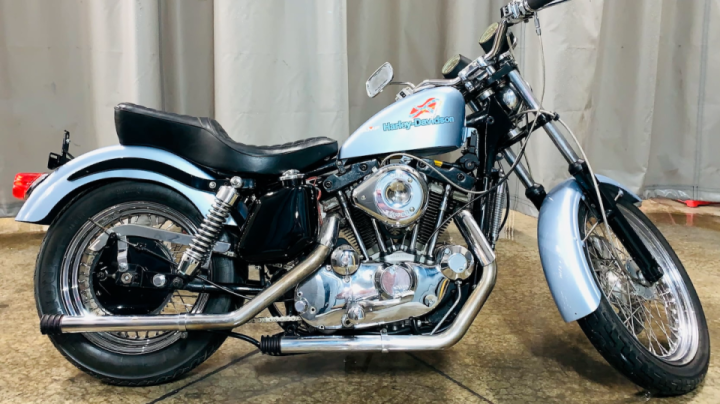
An 80 cu in (1,300 cc) engine was made optional on the Electra Glide in 1978. However, the FL designation was not changed as a result. By 1981, the 80 cubic inch engine was the standard engine; the 74 cu in (1,210 cc) engine being discontinued.
Tour Glide
The FLT Tour Glide was introduced in 1979 as a 1980 model. Sold alongside the existing FLH Electra Glide, the FLT had a larger frame with rubber engine mounts, a five-speed transmission, the 80 cu in (1,300 cc) engine, and a frame-mounted fairing. In order that the FLT frame, which was larger and heavier than the large and heavy FLH frame, would handle acceptably, the front forks were given radical steering geometry which had them mounted behind the steering head, with the frame behind the steering head being recessed to allow adequate steering lock.
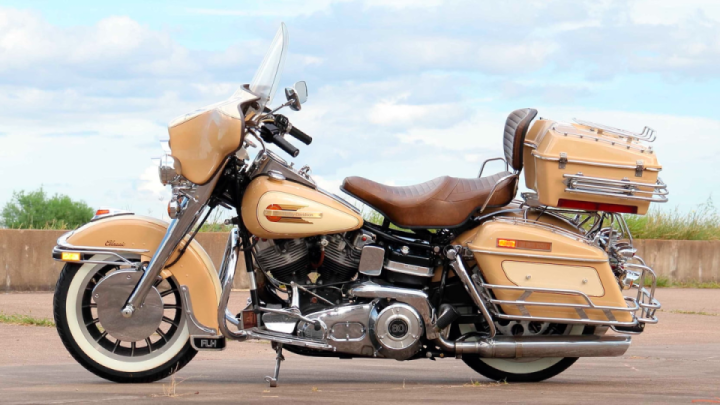
The FLHT was introduced in 1983. This was an Electra Glide based on the FLT Tour Glide frame, but using the Electra Glide "batwing" fairing instead of the Tour Glide frame-mounted fairing. The police version of the FLHT is the FLHTP.
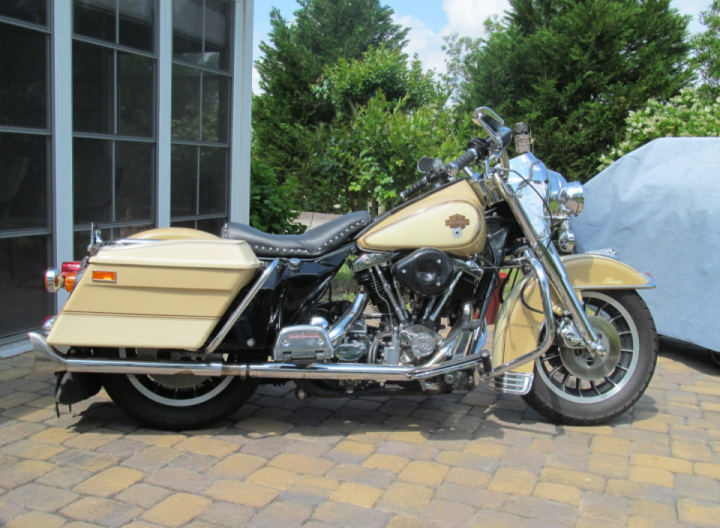
Except for the base FLH, all 1984 FLs were equipped with the new rubber-mounted Evolution engine and a five-speed transmission.
All "Shovelhead" engines were discontinued by the 1985 model year. In that year, the four-speed solid-engine-mount FLH was modified to accept rubber mounting and the Evolution engine. The FLH was discontinued in 1986; all Touring models thereafter used the FLT/FLHT frame. The FLT Tour Glide, which introduced the current Touring frame, was dropped from the lineup in 1996. A smaller version of the frame-mounted Tour fairing would return with the FLTR Road Glide in 1998.
The Evolution engine was replaced by the Twin Cam 88 engine on all large-framed Harley-Davidson motorcycles in 1999. & The Twin Cam engine was enlarged from 88 cu.in. to 96 & cu.in. in 2007.
Unfaired Glides
An unfaired version of the FLH Electra Glide, known as the FLHS Electra Glide Sport, was available from 1977 to 1984. the early versions had two into one cigar mufflers then were replaced by staggered same side duals. An unfaired FLH Electra Glide was reintroduced as the FLHS Electra Glide Sport again in 1989 through 1993, the FLHS Electra Glide Sport was eventually replaced by the FLHR Road King in 1994, which continues to the present day.
2009 Touring chassis
For the 2009 model year, Harley-Davidson redesigned the entire touring range. The changes included a new frame, new swingarm, a completely revised engine-mounting system, 17-inch front wheels for all models except the Road King Classic, a 6 US gallons (23 l; 5.0 imp gal) fuel tank, and a 2-1-2 exhaust. The changes result in greater load carrying capacity, better handling, a smoother engine, longer range and less exhaust heat transmitted to the rider and passenger.
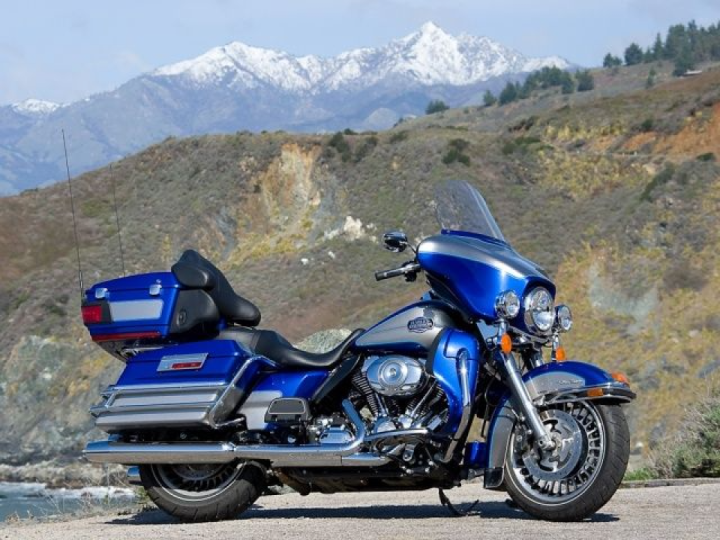
Tri-Glide Ultra Classic
Also released in the FL Touring range for the 2009 model year was the FLHTCUTG Tri Glide Ultra Classic, the first three-wheeled Harley-Davidson since the Servi-Car was discontinued in 1973. This model features a unique frame and a 103 cid engine exclusive to the trike.
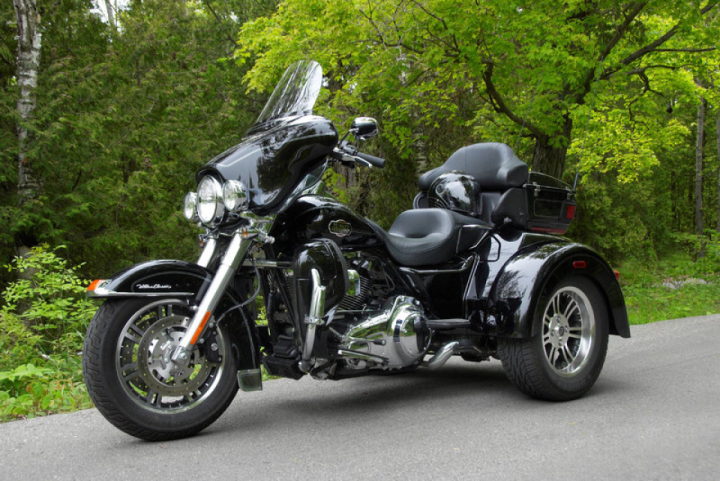
FL Softails
Harley-Davidson introduced the Softail chassis in 1984. The original Softails used the small FX telescopic forks, but the FLST Heritage Softail with large FL telescopic forks was introduced in 1986. The FLSTC Heritage Softail Classic, with large front forks and retro styling, was in production by 1988.
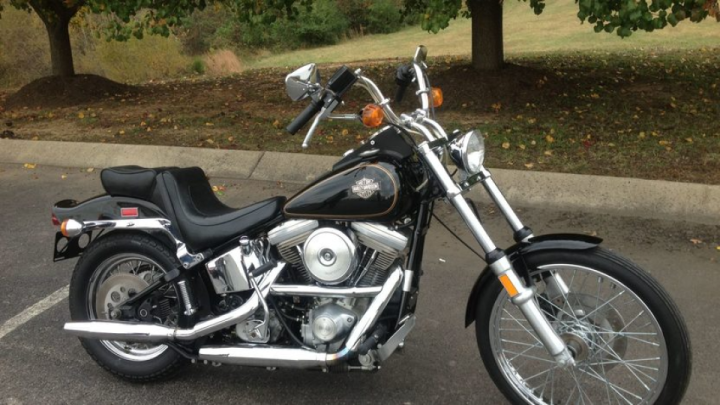
Other Softails with big forks followed, including the 1990 introduction of the FLSTF Fat Boy and the 1993-only FLSTN "Cow Glide". The base FLST Heritage Special was discontinued in 1991. The FLSTN was continued after 1993 without the bovine motif as the Nostalgia model until 1996, it was replaced by the FLSTS Heritage Springer IN 1997. The Heritage Springer was produced through 2003, with the FLSTSC Springer Classic introduced in 2005. The Heritage Springer and Springer Classic are designated as an FL despite using Springer forks instead of the large FL telescopic forks.
In 2000, all Softails, including the FL models, were switched from the Evolution engine to the counterbalanced Twin Cam 88B engine specially developed for the rigid engine mounting in this frame. The FLSTN designation returned in 2005 with the Softail Deluxe.
FLD Dyna Switchback
Harley-Davidson introduced the FLD Dyna Switchback in 2012. Designed to be reminiscent of the late 1950s Duo Glide models, the Switchback is the first Dyna platform motorcycle from Harley-Davidson to use an FL front end, and is marketed as a convertible model, with removable saddlebags and windscreen allowing the user to easily convert the bike for touring use.
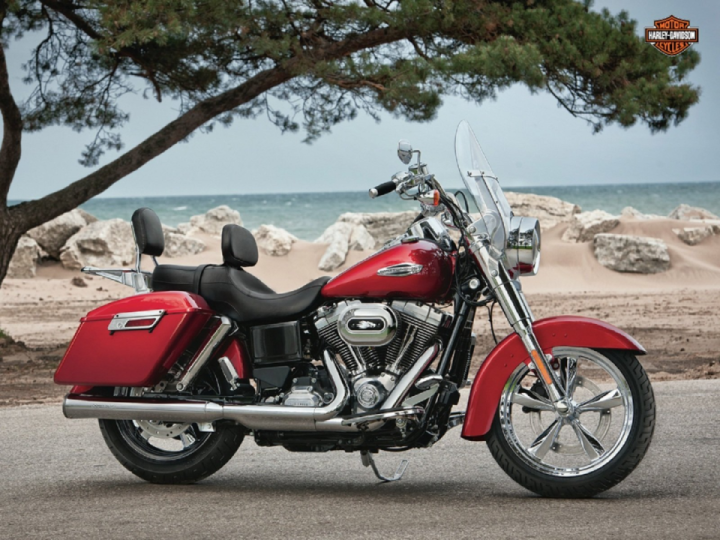
#Harley #Moto #Bike #HD #Classic #Chopper



